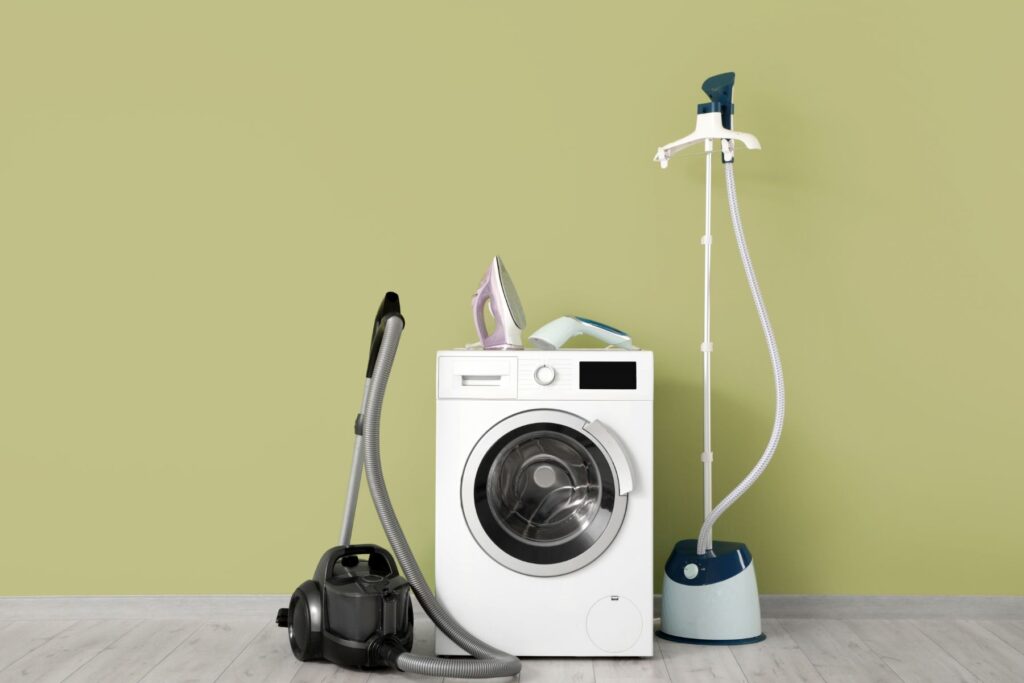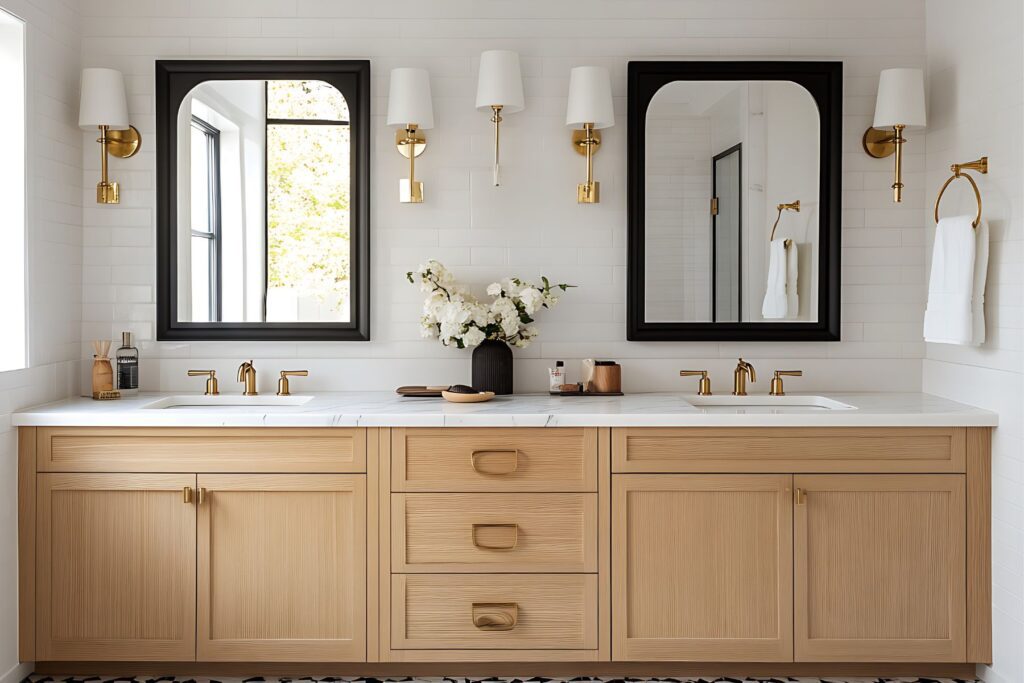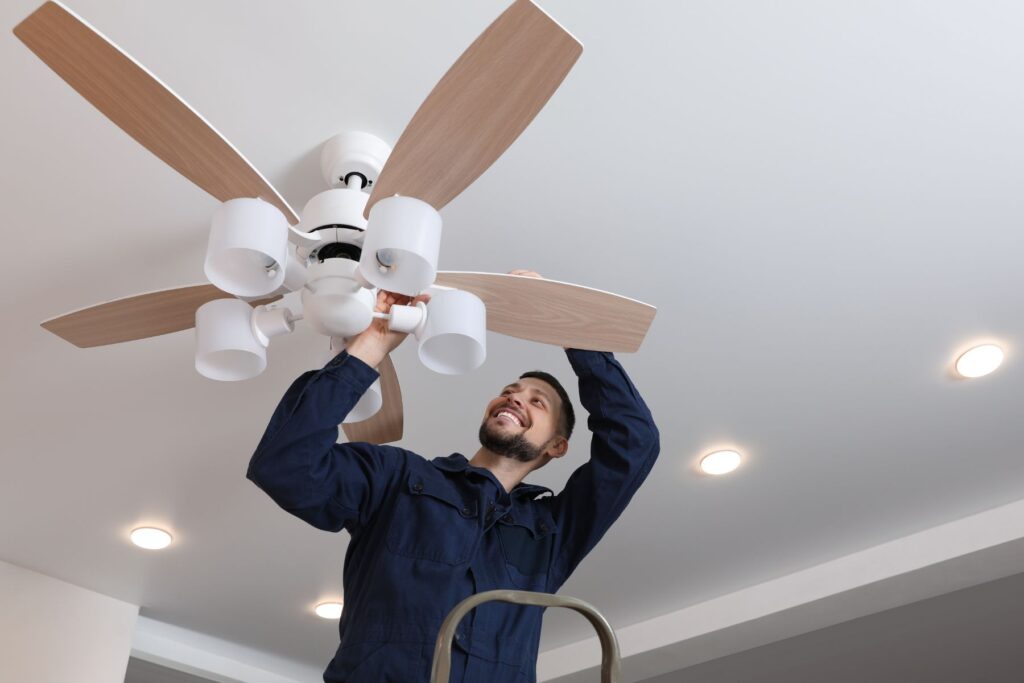Take it or leave it? Chattels and fixtures explained
Oct. 16, 25 | Buying

If you’ve ever bought or sold a home, you’ve probably heard your Realtor use the words chattel and fixture. They sound like legal jargon, and they are, but it’s important to know what these terms means and the difference between the two so you can save yourself from potential headaches (and maybe a few awkward moments on move-in day!).

Let’s break it down in simple terms.
Chattels: Things You Can Take With You
 A chattel is something in a home that isn’t attached to the property. Think of it as an item you can unplug, pick up, or roll away without damaging the walls or floors.
A chattel is something in a home that isn’t attached to the property. Think of it as an item you can unplug, pick up, or roll away without damaging the walls or floors.
Common examples of chattels include:
- Furniture (like your couch or dining table)
- Freestanding appliances (like your microwave or stove)
- Window coverings that hang on a rod
- Area rugs or portable air conditioner
When you buy a home, chattels don’t automatically come with it unless they’re specifically written into the offer. So, if you love that stainless steel fridge or fancy fire pit in the backyard, make sure your Realtor includes it in the Agreement of Purchase and Sale.
Fixtures: Things That Stay With the Home
 A fixture is something that’s permanently attached to the property, meaning it would cause damage or require tools to remove.
A fixture is something that’s permanently attached to the property, meaning it would cause damage or require tools to remove.
Examples include:
- Built-in appliances
- Light fixtures
- Kitchen cabinets
- Bathroom mirrors that are mounted to the wall
- Curtain rods (but not the curtains)
Fixtures are considered part of the home, so they’re generally included in the sale unless the seller specifically excludes them in writing.
Here’s a simple way to remember it:
If you were to turn the house upside down anything that falls to the floor is a chattel and anything that stays attached is a fixture.
So why is it important for you to know the difference?
The difference between chattels and fixtures can lead to misunderstandings between buyers and sellers.
For example, imagine you fall in love with a dining room chandelier — only to find out on closing day that the seller took it with them. Unless it was listed as included in your offer, the seller had the right to remove it.
On the flip side, sellers can face frustration if buyers expect to keep certain items they planned to take. Clarity in the contract helps everyone avoid surprises.

Tips and Tricks to Avoid Confusion
- Make a List Early:
As a buyer, write down what items that you love in the home and confirm with your Realtor which are chattels and which are fixtures.
- Be Specific in the Offer:
Don’t just write “all appliances included.” List them individually and perhaps even include the brand name and serial number if available.
- Ask About Built-Ins:
Items like electric fireplaces or mounted TVs can be tricky. Ask whether the brackets or built-in shelving will stay.
- Use Photos for Clarity
If there’s something unique, like a custom light fixture or wall-mounted shelves, include a photo in your notes so everyone knows what’s being discussed.
- For Sellers:
If you plan to take a fixture with you, remove it before showings or clearly exclude it in the listing (e.g., “Dining room chandelier not included”).
- Check Before Closing:
Do a final walkthrough before the keys exchange hands. If something’s missing or unclear, your Realtor can help resolve it before closing day.

Knowing the difference between a chattel and a fixture helps protect your investment and ensures a smooth, drama-free move. Whether you’re buying your first home or selling a family property, clear communication and good documentation go a long way.
When in doubt, ask your Realtor — that’s what we’re here for.




